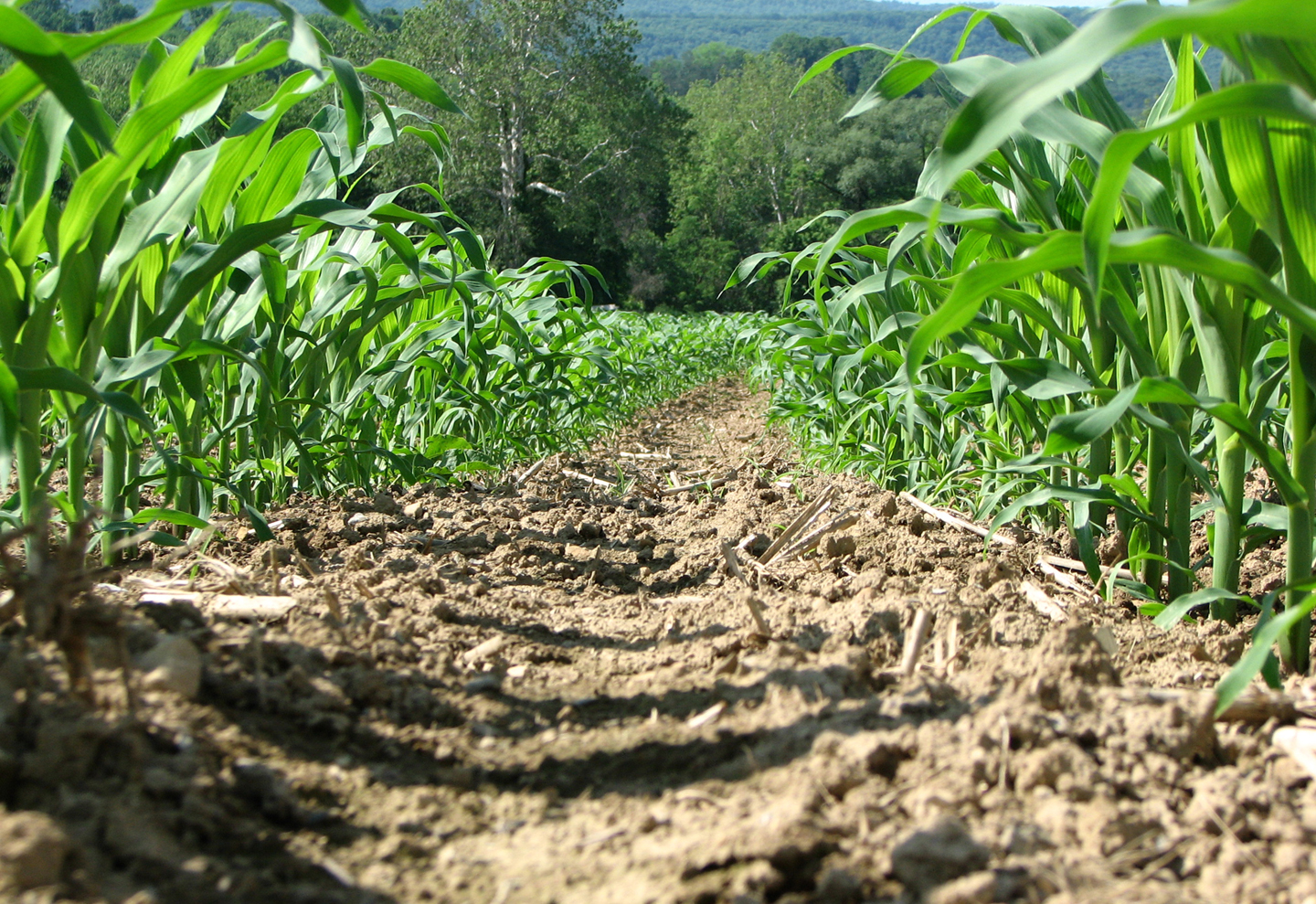Increasing Returns on Fertilizer Investments
May 06, 2024

A PRODUCT THAT PAYS BEFORE HARVEST
What if a product could pay for itself before filling the combine? Grower investment in fertilizer is a key element of fulfilling a crop’s yield potential. And getting the most out of that investment is vital to the bottom line. BIOPATH ®, a biological fertilizer complement formulated with proven strains of PGPR (Plant Growth Promoting Rhizobacteria) can increase return on fertilizer investment by driving more nutrients into the plant.
In 2021, BIOPATH was part of the TruResponse Biological Field Testing campaign a biological testing and adoption platform designed to increase knowledge and acceptance of biologicals at the grower and retailer level. In-season evaluations showed increases in total uptake of macro and micronutrients, providing broad spectrum, season long nutrient efficiency performance.

Return on Fertilizer Investment (ROFI)
By increasing the amount of crop nutrient uptake from the fertilizer already applied, BIOPATH allows growers to capture an additional $5.81/A of fertilizer investment … putting them in an excellent position to be more profitable going into harvest.

MORE PROFITABILITY AT HARVEST
As a result of improving fertilizer efficiency and plant growth in-season, growers optimize yield potential ensuring an exceptional ROI is realized at harvest.
Adding the right biologicals can be an affordable way to increase your return on fertilizer investment and help ensure the nutrients are accessible and plant-available ahead of critical plant uptake periods. These innovative biological technologies help growers produce healthy crops each season while supporting soil health, meeting two critical demands asked of them. Ask your United Cooperative agronomist for more information on how to add them to your 2024 plan.
What if a product could pay for itself before filling the combine? Grower investment in fertilizer is a key element of fulfilling a crop’s yield potential. And getting the most out of that investment is vital to the bottom line. BIOPATH ®, a biological fertilizer complement formulated with proven strains of PGPR (Plant Growth Promoting Rhizobacteria) can increase return on fertilizer investment by driving more nutrients into the plant.
In 2021, BIOPATH was part of the TruResponse Biological Field Testing campaign a biological testing and adoption platform designed to increase knowledge and acceptance of biologicals at the grower and retailer level. In-season evaluations showed increases in total uptake of macro and micronutrients, providing broad spectrum, season long nutrient efficiency performance.

Return on Fertilizer Investment (ROFI)
By increasing the amount of crop nutrient uptake from the fertilizer already applied, BIOPATH allows growers to capture an additional $5.81/A of fertilizer investment … putting them in an excellent position to be more profitable going into harvest.

MORE PROFITABILITY AT HARVEST
As a result of improving fertilizer efficiency and plant growth in-season, growers optimize yield potential ensuring an exceptional ROI is realized at harvest.
- BIOPATH in sidedress applications resulted in a +3.8 bu/ac yield increase with a 79% win rate resulting in a 3 to 1 ROI.
- BIOPATH applied in furrow resulted in a +3.2 bu/ac yield increase with an 88% win rate resulting in a 2.5 to 1 ROI.
- BIOPATH is an easy-to-apply: tank mix compatible with crop protectants and liquid fertilizer solutions.
- No special storage conditions: 24-month shelf life in concentrate and up to 18 months in starters and UAN
Adding the right biologicals can be an affordable way to increase your return on fertilizer investment and help ensure the nutrients are accessible and plant-available ahead of critical plant uptake periods. These innovative biological technologies help growers produce healthy crops each season while supporting soil health, meeting two critical demands asked of them. Ask your United Cooperative agronomist for more information on how to add them to your 2024 plan.